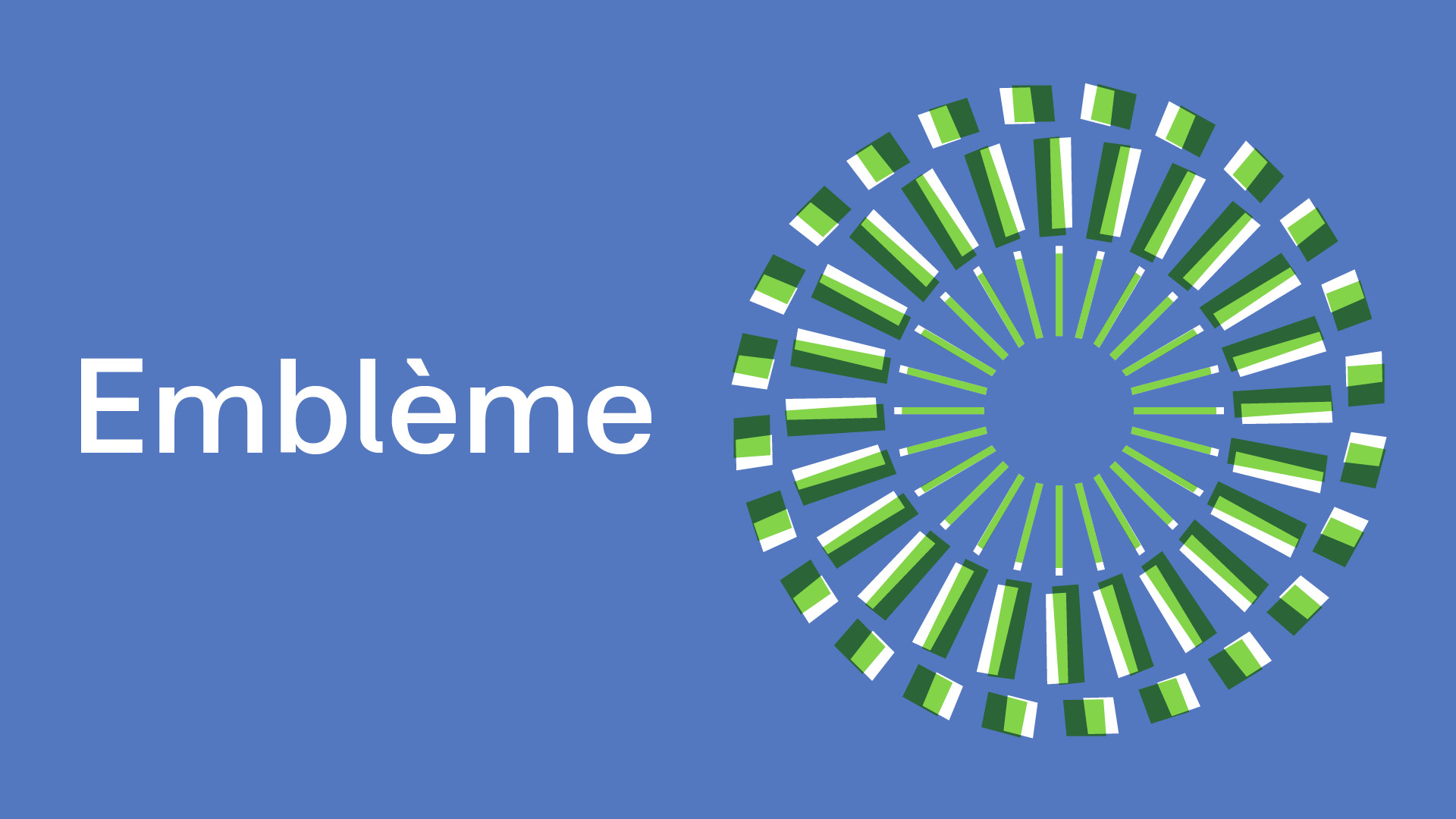
Your average handover of a brand involves sending over separate files for the logo, icons and animations, but a new identity system, Emblème, is here to change that. Emblème is a whole brand system that can be handed over as a single file, making it accessible across print, digital and motion.
"It can be used for everything from editorial layouts to signage, UX design, and kinetic brand applications. Motion designers can animate identity elements straight from the font, developers can activate them via CSS and JavaScript, and print designers can work with them just like traditional typography – all from the same file," explains Andrew Bellamy, founder of Otherwhere Collective, who created the new system.
"At its core, Emblème is about redefining how a brand is built, packaged, and handed over – streamlining workflows while unlocking new creative possibilities," says Andrew.
The 1/1 licensing model means that Emblème is unique to one brand, making it kind of like the NFT of the typography world. NFTs might have gone out of fashion, but this feels like a potentially new era for the world of type (for more predictions, see Monotype's type trends report).
What were the biggest challenges in this project? The sheer scale of it meant that seeing it through was a challenge, says Andrew. There were also some technical issues that made things tricky, as was ensuring that every component – typography, icons, patterns, motion, and colour – worked seamlessly across print, web, and motion design.
"Fonts aren’t traditionally designed to handle this level of complexity, so making sure colour and ligatures functioned consistently across different platforms took extensive testing," he says.
"Technically, integrating logos, motifs, and dynamic animations into a typeface pushed font technology beyond its usual limits. Working out how to make icons, motifs, and emblems accessible directly from the keyboard – no matter what OpenType settings or software a user was working with – was a major challenge."
Aside from the techincal issues, making sure Emblème works as a font was key to this project. "Emblème is built on a beautifully crafted sans serif typeface – meaning it had to function not just as a technology-driven identity system, but as a refined and versatile typeface in its own right," says Andrew.
Emblème certainly seems impressive, though whether or not it'll take off as a way of working remains to be seen.
To learn more about the project, visit The Otherwhere Collective's site.







